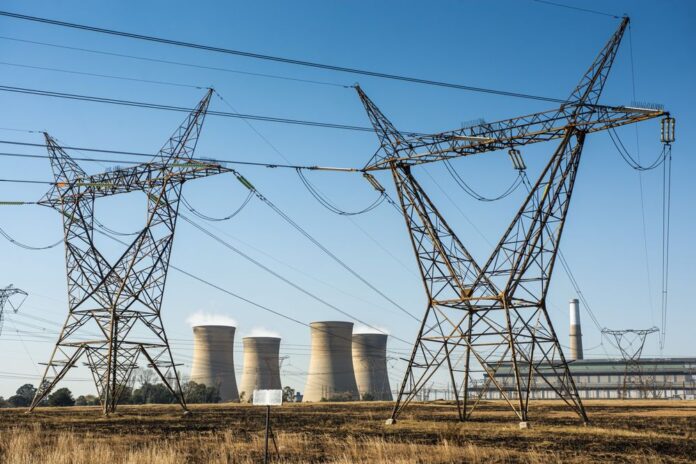Sydney Kawadza
Government seeks to increase power generation while adding an additional 280km of transmission and distribution infrastructure in 2021 as part of its infrastructure development programme.
According to the 2021 Zimbabwe Infrastructure Investment Programme, major infrastructure targets for the period to 2025 would increase power generation capacity from 2 317mW to 3 467mW.
The programme is part of the National Development Strategy (NDS1) 2021–2025, the second phase of government’s Vision 2030, government’s development trajectory, meant to achieve Upper Middle Income status for Zimbabwe by 2030.
The three-phased process to attain Vision 2030 outcomes started with the Transitional Stabilisation Programme (TSP) (2018-2020).
The TSP whose policy measures and strategies focused on macro-economic and financial sector stability was meant to transform the economy towards a private sector-led growth.
The Infrastructure Investment Programme would also seeks increase access to potable water from 77.3 percent to at least 78.3 percent including an increase in water storage capacity.
The programme would also expand access to improved sanitation facilities from 70.22 percent to 77.32 percent in both urban and rural areas.
It also seeks to increase the number of kilometres of road network that meet SATCC standards from five percent to 10 percent and number of kilometres in good condition from 14 702km to 24 500km.
Internet penetration rate is also expected to rise from 59.1 percent to 75.42 percent with the mobile penetration rate increasing to 100 percent.
“The above national targets will be achieved through implementation of the following strategies (including) maintenance and repair of existing assets that will improve reliability of service and avoid costly rehabilitation programmes.”
Government also seeks to complete on-going and stalled projects while up-scaling both public and private sector investment in the provision and management of public infrastructure.
“Capacitating implementing agencies to deliver and manage public services more efficiently. This includes implementation of recovery tariffs and other revenue measures that provide scope for maintenance and investment in additional capacities.”
In the preface to the document, Finance and Economic Development Minister Mthuli Ncube said the NDS1 offers an ideal opportunity for a restart to invigorate public investment towards revamping and development of a better infrastructure ecosystem for Zimbabwe.
“With improved scope for provision of widespread infrastructure services, the country is better placed to exploit diverse opportunities that exist across all our districts and provinces in order to build a better future for all,” he said.
Ncube said government’s National Public Infrastructure Investment Programme for 2021, prioritises and embraces projects identified by communities.
“Government will provide the right framework for building back better, the critical public infrastructure services citizens require to enable their participation in the country’s socio-economic development,” he said.
Secretary in the Ministry of Finance and Economic Development George Guvamatanga tackling Zimbabwe’s infrastructure gap remains an outstanding challenge.
This, he said, was demonstrated through inadequate provision and delivery of public services in the context of an evolving devolved landscape.
“Addressing this shortfall will, given the growing demands for increased public services, need to be a sustained process, more so given the limited annual budget capacity, and absence of longer term concessional financing from the traditional multilateral development financial cooperating partners.
“Crowding in private sector capital, through Public Private Partnership arrangements, that has proved successful elsewhere in the world, has been difficult in our domestic macro-economic environment, given the absence of a developed pipeline of bankable projects,” he said.
Guvatanga said the COVID-19 had brought with it complexities in execution of ongoing projects, entailing disruptions to input supply chains while lockdowns left critical labour unable to access construction sites.
“Despite these challenges, government’s resolve to addressing the infrastructure challenge facing the country continues to bear fruit, with tangible progress being recorded across more infrastructure sectors,” he said.
Government has prioritised public infrastructure investment as a powerful tool in its stimulus packages which also meant to limit the economic fallout from the COVID-19 pandemic.
It has also noted that navigating through the challenges of COVID-19 had been difficult, requiring and entailing strategic interventions and stabilising the macro-economic environment.
The pandemic has also meant embracing new norms, challenging old assumptions that might not be any longer relevant, and adopting more efficient and resilient ways of delivering infrastructure services, ensuring wherever possible that we build back better.
















